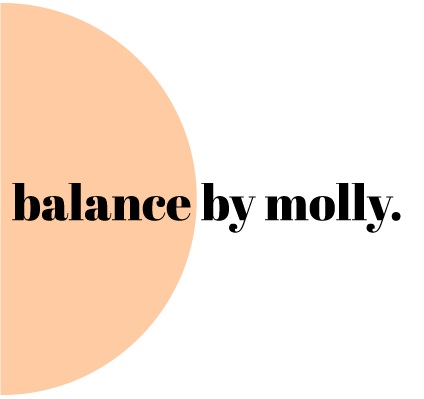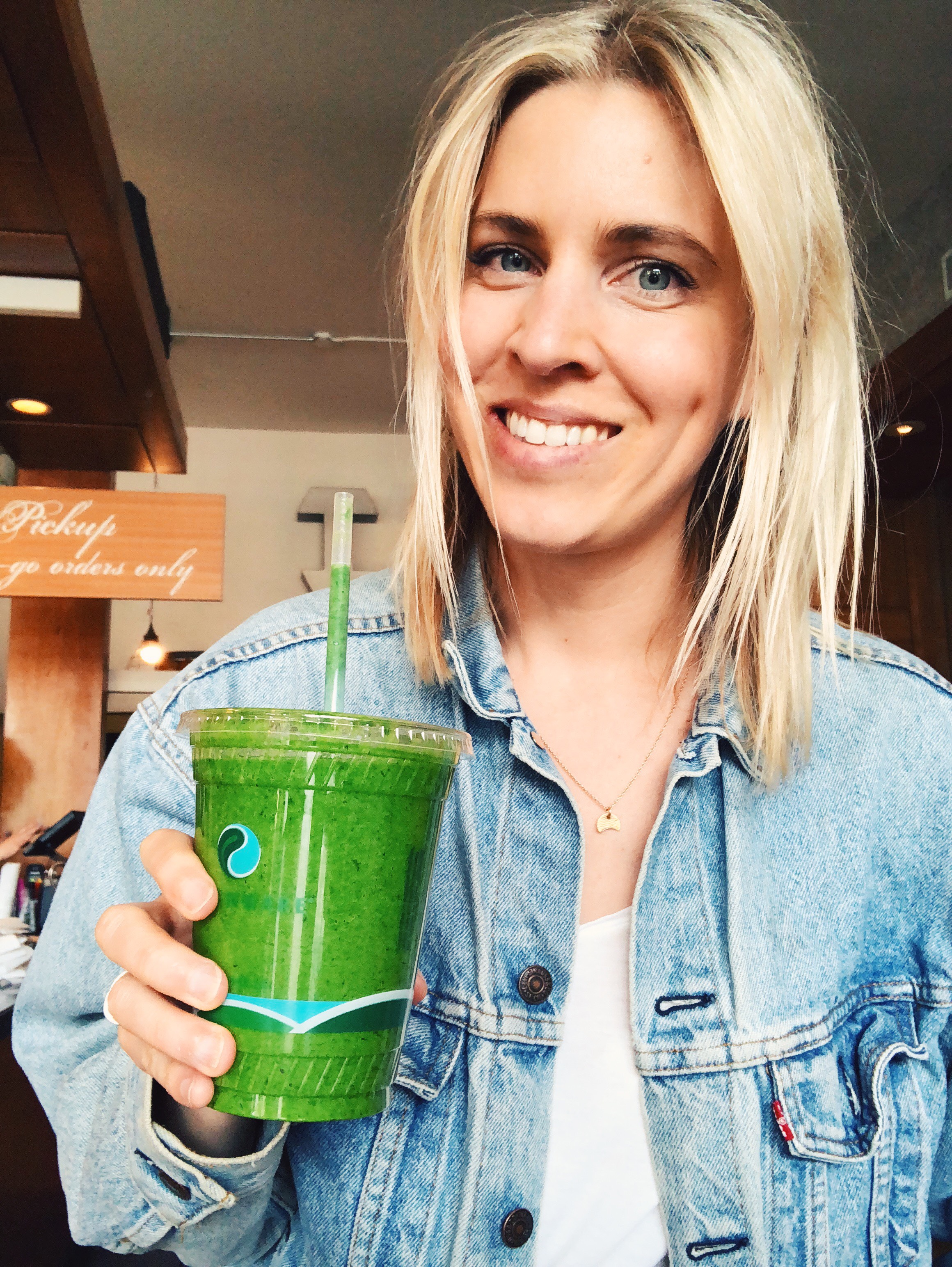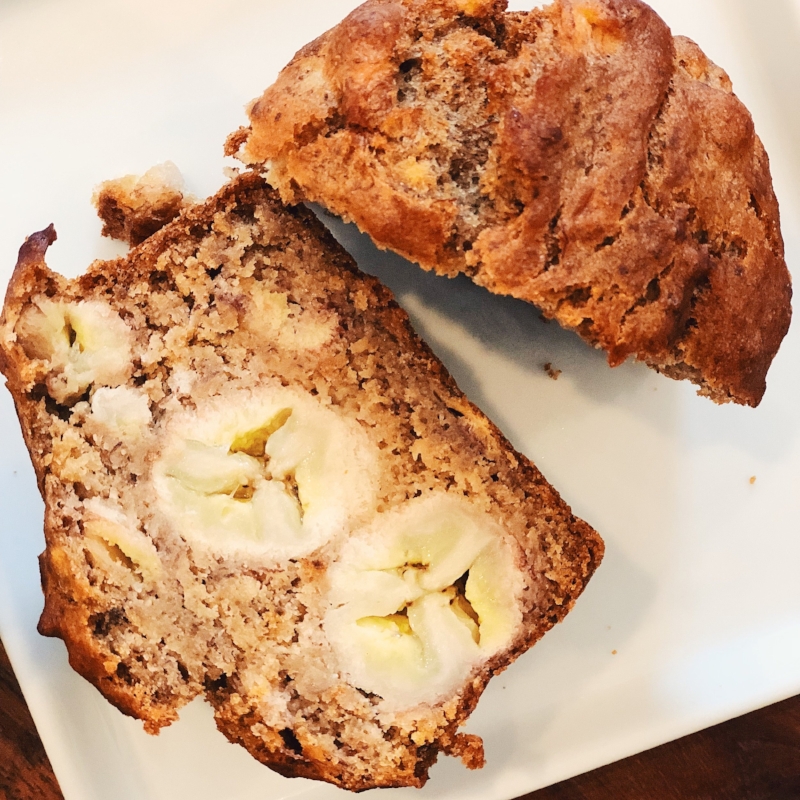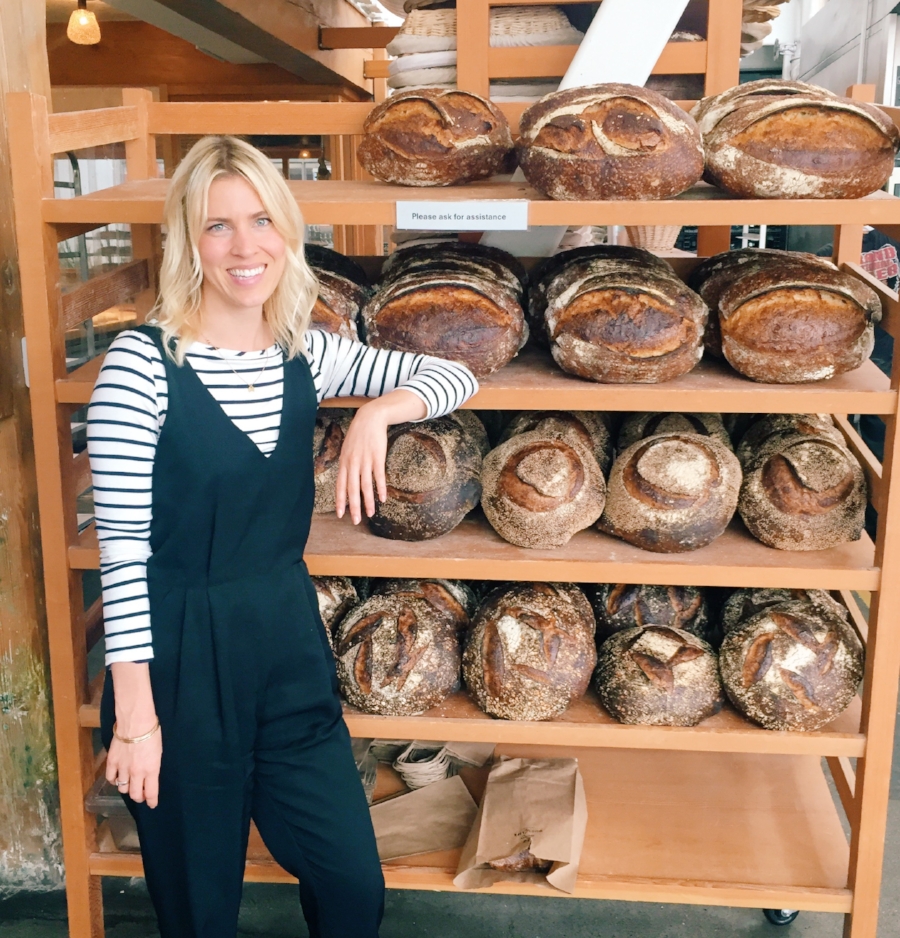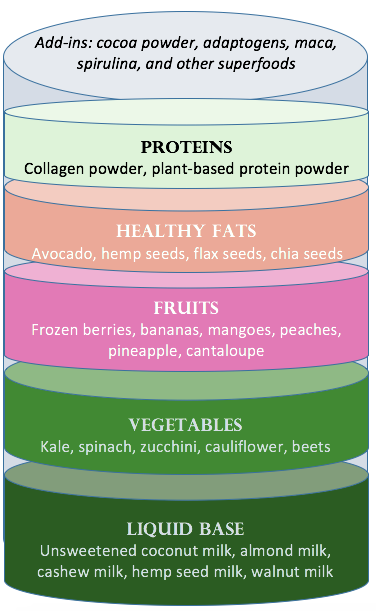Before I tell you the surprising things that happened, let me give you a brief history of my own food choices and health journey.
THE SHIFT TO REAL FOOD
I have been off chemically processed foods for over 10 years, eliminating them out of my diet by choice and also by necessity for my health. Realistically it is almost impossible to cut out all processed foods from your diet, even bagged spinach and tahini are considered processed, but what I write about in this post considers food products that contain chemically processed ingredients (preservatives, sugars, etc.) that in my opinion can’t truly be called “food” as most chemically processed food is devoid of any nutrients.
I had my gallbladder removed 10 years ago as a culmination of many health issues including IBS, candida, weight gain, chronic yeast and bladder infections, digestion pain so bad that I couldn’t get out of bed unless I was going to the toilet, migraines, recurring bronchitis and upper respiratory infections, inflammation and the list goes on. I commonly referred to myself as a lemon. I worked long hours in my banking job, all I wanted to do was excel and achieve success. As a result, I gained 20 pounds and got really sick. After hitting dead ends with conventional western doctors and taking medications that caused other symptoms that were often worse, I tried whole food nutrition as medicine. No doctor ever asked me what I was eating, and so I knew I needed to take matters into my own hands with what I ate.
I used to live off of processed food like frozen burritos and Stouffer’s mac and cheese, so eating real ingredient food was both challenging and confusing at the same time. It took practice. I had gotten so used to eating what everyone else around me was eating that I lost control of my body. I used to be convinced that calories were king. Instead, I taught myself how to read the ingredients on labels. I learned how to cook. How to pay attention to what my body was telling me. What happened changed my life. All my ailments simply vanished and I was able to maintain my weight by changing my diet and eating real food with no chemically processed ingredients. Not only that but my skin, energy, sleep, mental clarity and mood all improved beyond what I expected. I remember at first being addicted to the energy that good food gave me, almost like a runner’s high.
Not only did real and whole foods rid me of all my symptoms and made me feel alive and well again, but they tasted better. I found that I was fuller faster and fuller longer when eating nutrient rich food, which I truly believe is the key to weight loss and good health.
WHAT I ATE
Ok, back to processed foods. Here is a short list of common processed ingredients found in what I ate over the holidays as well as pantry staples including salad dressing, bacon, maple syrup, jam, peanut butter, bread, and because we are in the South, Pillsbury biscuits.
- High fructose corn syrup
- Caramel color
- Mono and Diglycerides
- Calcium propionate
- Sorbic acid
- Sucralose
- Sodium Benzoate
- Calcium Disodium EDTA
- Maltodextrin
- Glycerin
- Nitrates
- Hydrogenated vegetable oils
- Cellulose gum
- Hydrolyzed corn protein
- Modified food starch
This list may have been longer, considering I didn’t have access to all the ingredients/labels of food I ate, or knowledge of how food was prepared in restaurants (I ditched my usually MO of questions for waiters prior to ordering, this is not something that is probably customary at a Waffle House).
From December 23rd to December 26th I dove in to my old diet, it was kind of like visiting an old friend. Or maybe better described as a toxic ex-boyfriend who took me years to break up from because I was convinced I loved him. That is until I knew what love and self-respect really was in finding real food. But I digress. And I have to admit it was hard to shake current healthy food habits. Trying to pick the “healthiest” of unhealthy options was thrown out the window. Instead, I went back to habits of eating what everyone else was eating during family brunches, dinners and restaurant outings. I will also caveat that I didn’t drink alcohol during this period. Also, due to unseasonably cold weather and long driving distances, these four days were largely sedentary. So what happened was a result of not only eating standard American processed food, but also being sedentary with no exercise and hardly any walking. It really went like this: Bed – car – relative’s house – couch – car – relative’s house – car – couch – bed. Repeat.
WHAT HAPPENED
What happened as a result was both surprising as well as expected. Again, the toxic ex-boyfriend. Surprised by his actions but also expected given past experiences. Here is a list of my symptoms over the course of four days:
- Bloating and gas. I will say, that I am not free of either of these symptoms with my current diet, as gas is natural as we pass certain foods through our digestive systems, but this was different. The gas was unreal and smelled horrendous. My poor boyfriend, I had to step out of the room a few times it was so bad. I mean, I am not calling myself a saint or saying I have the perfect digestive system and I poop roses. But I will say I haven’t smelt gas like this before from my body. I was shocked.
- Interrupted sleep. Not only did I find it hard to go to sleep, but also waking up again and again during the night.
- Anxiety. The feeling of wanting to crawl out of my own skin. This could have been the result of not exercising, but I cannot remember the last time I experienced heightened anxiousness for no apparent reason. I mean, I was on vacation and relaxing!
- Bad breath. Morning breath was in full force and by the afternoon I had dry mouth and a bitter taste.
- Shift in cravings. The more I ate, the more I wanted. I became a bottomless pit and surprised myself by how much food I could take down in one sitting.
- Cellulite. This is something I battled endlessly when I ate a diet of processed foods. It took years for it to clear up and for me to be confident in wearing shorts and bathing suits. But in less than a week it all came back.
- Weight Gain. I gained four pounds (note: I weighed myself at the beginning and at the end of our 2-week trip). Imagine if I kept on going. By my calculations I would gain just over 100 pounds in one year. And that is just weight. What else would happen to my health? Would all of my ailments come back and more? I kept thinking of Fast Food nation and his doctor advising him to stop or he would die. (If you haven’t seen this movie, I highly recommend it).
In 2017, it was reported that Americans are the fattest we have ever been. It makes sense, as most Americans live a sedentary life of bed – car – office – car – couch – bed and eat a diet of processed foods. Can we point the finger at ourselves or directly back at the food companies and our government? The majority of products (I have read this number is over 80%) on grocery store shelves, and the list above, come from one of two sources, corn and soy crops, both subsidized by our government and used to make junk food chemicals that serve no nutritional purpose for the body but to sell food faster and cheaper.
Today, I wouldn’t be where I was unless I found real food. I encourage you all to ask yourself the very important question of what is in your food? By eliminating chemically processed foods from my diet I was able to maintain my weight, get off of prescription drugs and all my health ailments vanished.
Ask yourself the question, will this food give me nutrition or deficiency? Set out on your own mission of exploration. What is in your food and how can you live the healthiest life possible? In my opinion, eating well is the highest form of self-respect. Well, that and leaving your toxic boyfriend or girlfriend behind ;)
